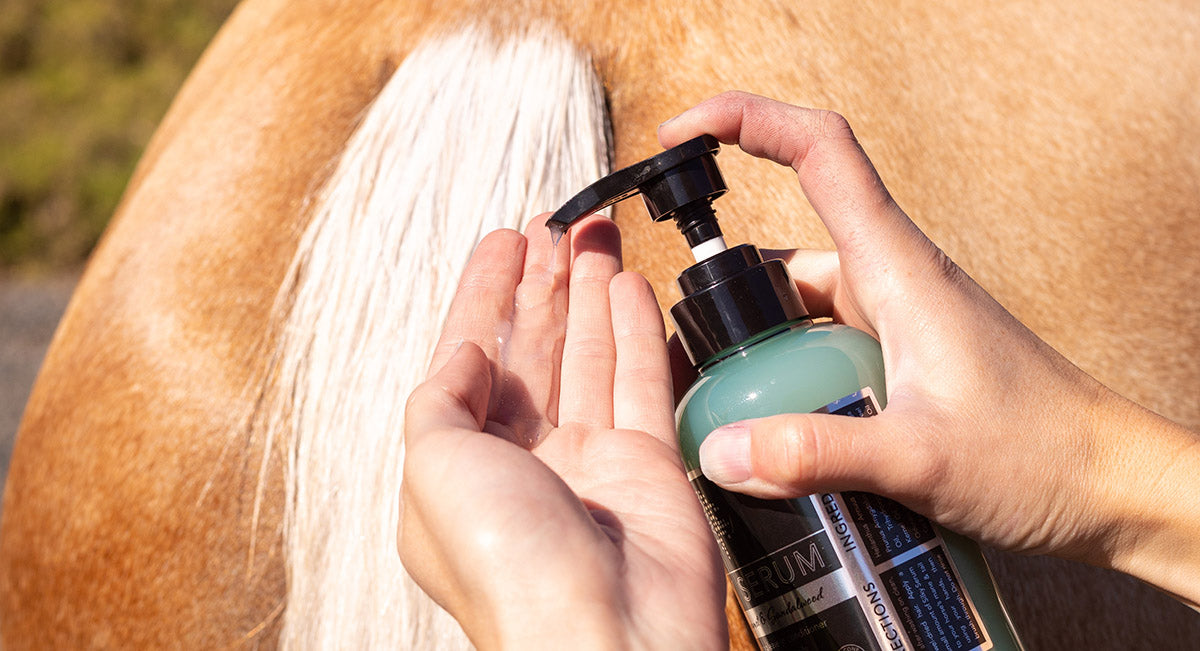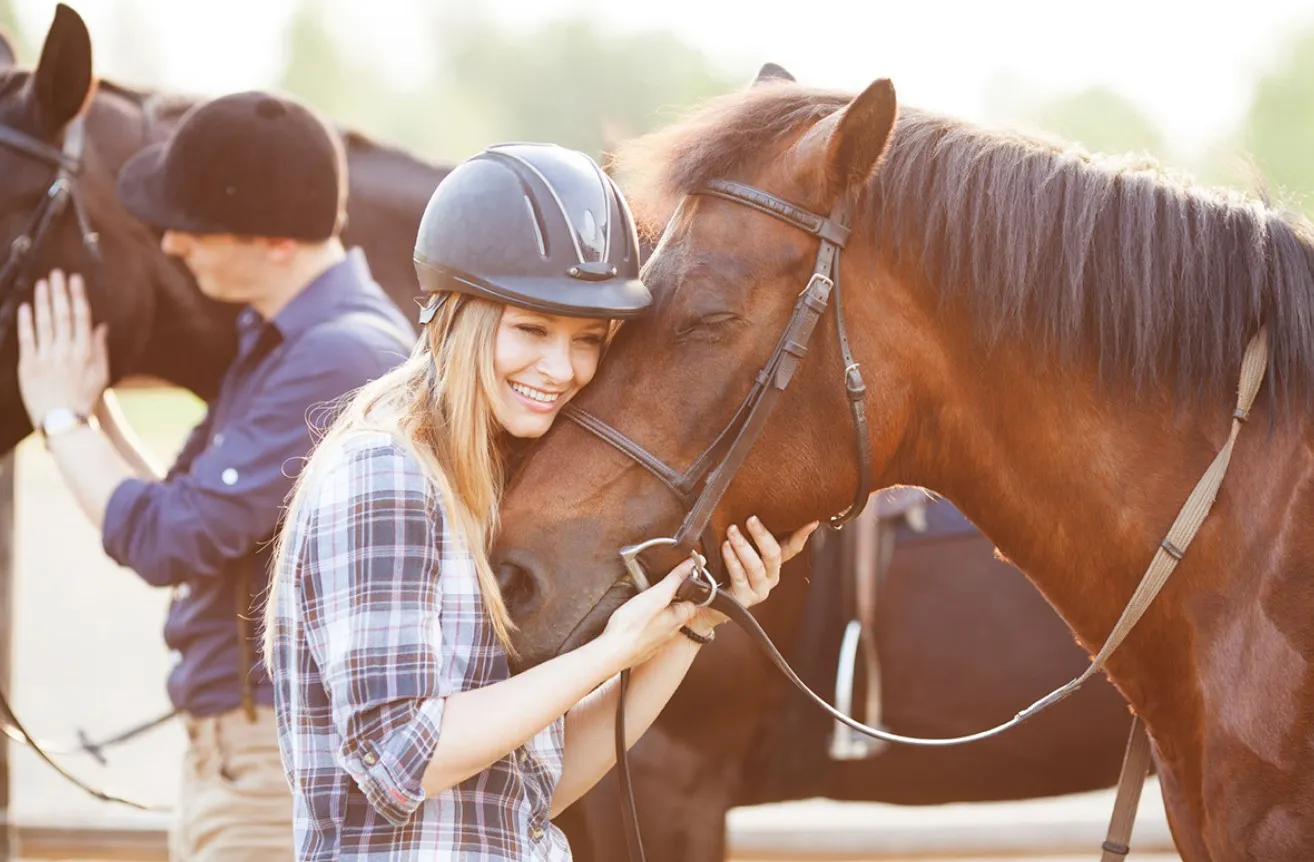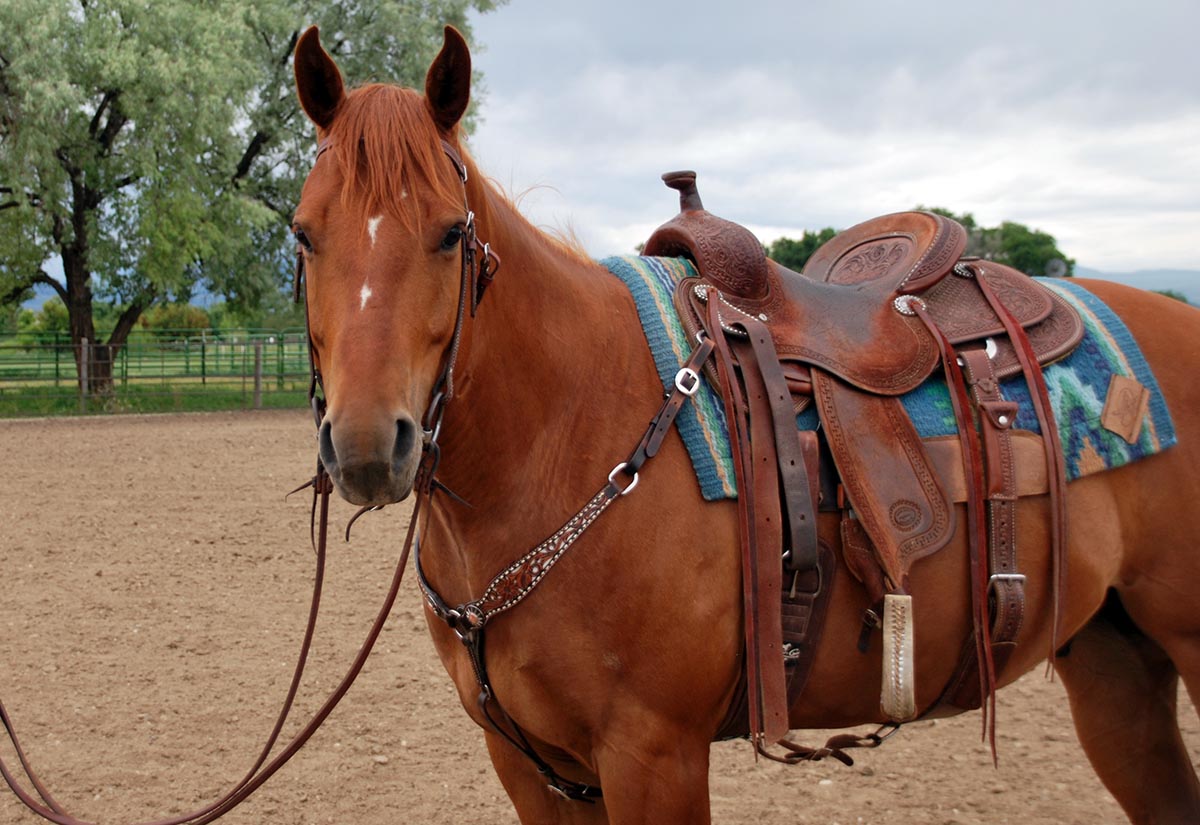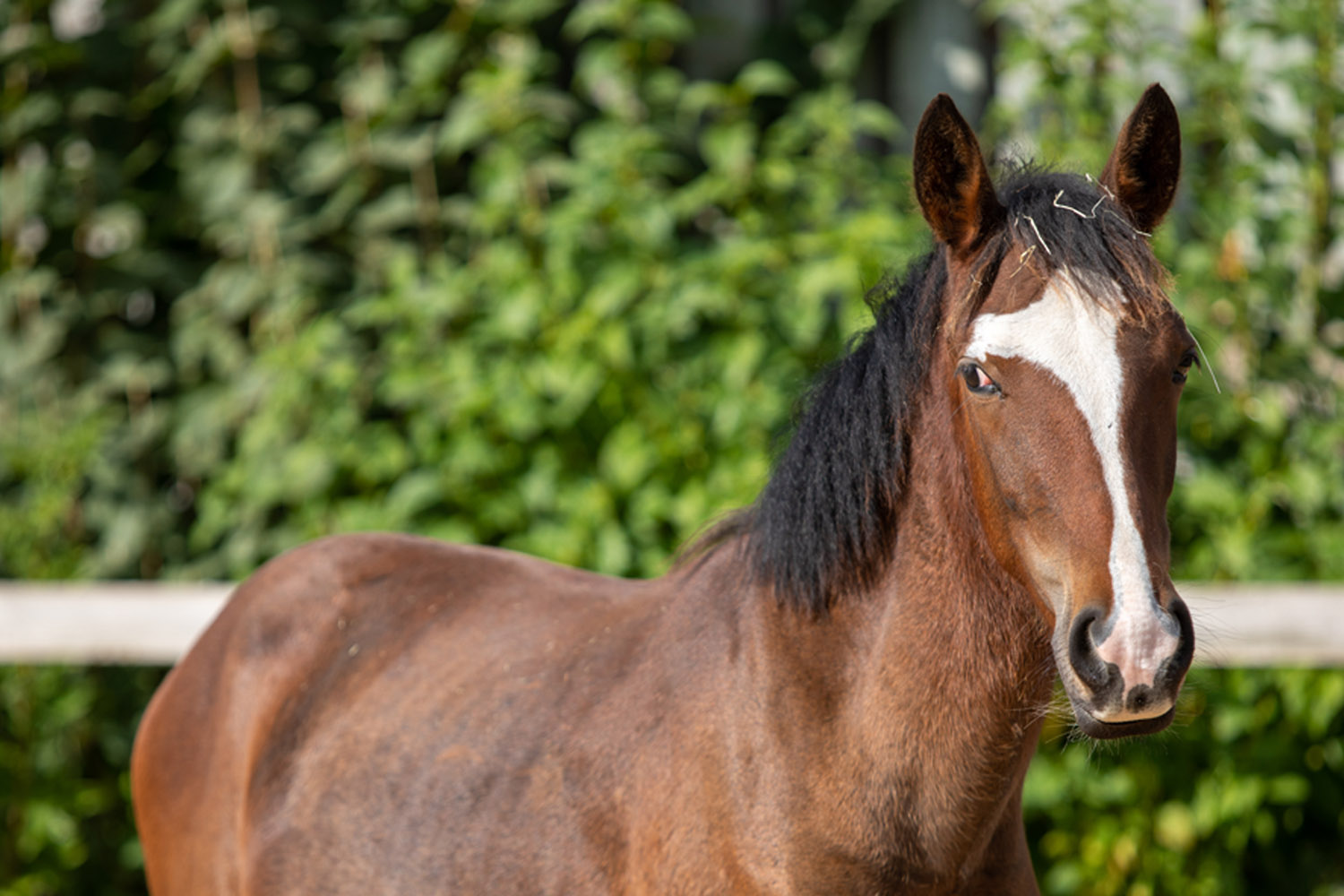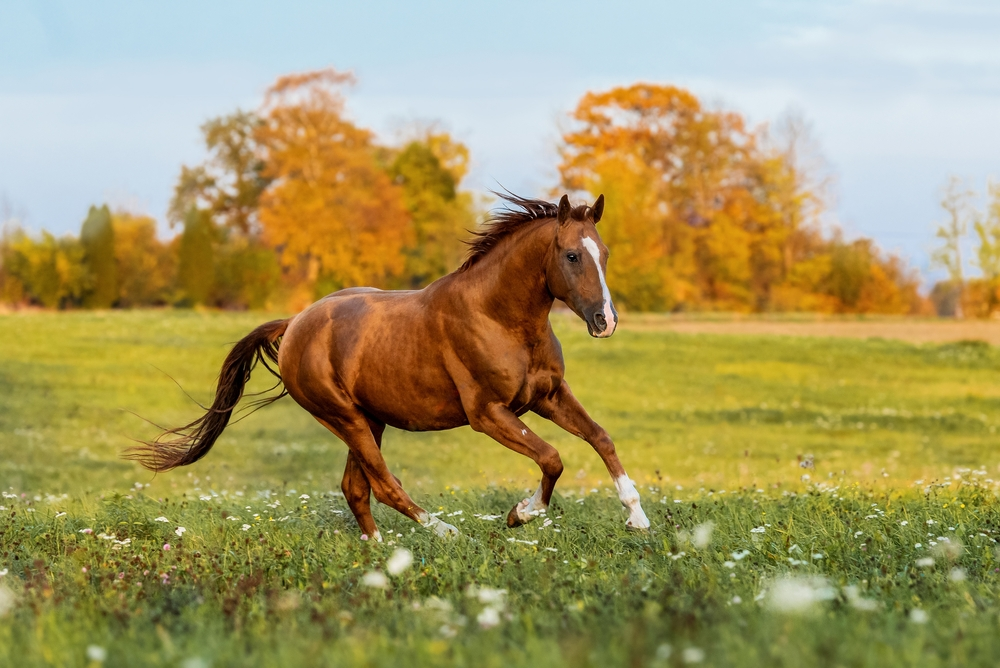Dandruff isn’t just a problem for people; horses can also suffer from this irritating condition. Understanding how to treat horse dandruff with shampoo is crucial for keeping your equine friend comfortable and healthy. In this article, we will explore the best practices for addressing horse dandruff using shampoo effectively.
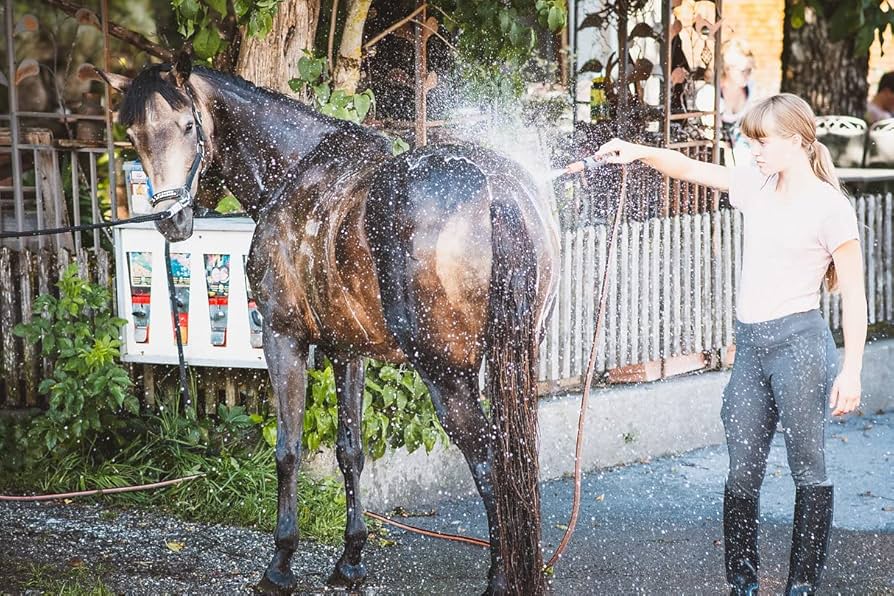
Understanding Horse Dandruff
Horse dandruff, also known as scurf, is a common issue. It appears as white flakes on the horse’s skin and coat, often caused by dry skin, allergies, or poor grooming habits. If not treated properly, dandruff can lead to itching and discomfort for your horse.
Causes of Horse Dandruff
Dry Skin
The primary cause of dandruff in horses is often dry skin. This can result from environmental factors like dry weather or inadequate hydration. Ensuring your horse has access to plenty of water is essential.
Allergies
Allergies to certain feeds, bedding, or environmental elements can also lead to dandruff. Identifying and eliminating the allergen is vital for managing the condition.
Poor Grooming Habits
Infrequent grooming can lead to a buildup of dead skin cells and oils, contributing to dandruff. Regular grooming is key to preventing this issue. Learn more about grooming mistakes to avoid.
Choosing the Right Shampoo
To effectively treat horse dandruff, selecting the right shampoo is crucial. Not all shampoos are created equal, and some may exacerbate the problem.
Ingredients to Look For
Look for shampoos containing moisturizing ingredients like aloe vera or oatmeal. These help soothe and hydrate the skin. For more guidance, check out choosing the right shampoo.
Avoid Harsh Chemicals
Harsh chemicals can dry out the skin further, making dandruff worse. Choose gentle, horse-specific shampoos for the best results.
How to Shampoo Your Horse
Preparation
Before you start, ensure you have all the necessary tools: shampoo, a bucket, a hose, and a sponge. Wet your horse thoroughly before applying shampoo. For a detailed guide, visit shampooing a horse’s mane.
Application
Apply a generous amount of shampoo and lather it into the coat, focusing on areas with visible dandruff. Use a sponge to gently scrub the skin, ensuring you reach the roots.
Rinsing
Rinse thoroughly to remove all traces of shampoo. Leftover shampoo can cause irritation and potentially worsen dandruff.
Regular Grooming Practices
Regular grooming is essential for preventing dandruff. Brushing your horse frequently helps distribute natural oils and remove dead skin cells.
Tools for Grooming
Invest in quality grooming tools like brushes and combs. These tools make it easier to maintain your horse’s coat and skin health.
Diet and Hydration
A balanced diet and adequate hydration are crucial for healthy skin. Consider feeding your horse with supplements like corn oil to improve coat condition. Check out feeding corn oil for more information.
Feeding Schedule
Establish a regular feeding schedule to ensure your horse receives the necessary nutrients. Learn more about feeding schedules.
When to Consult a Veterinarian
If dandruff persists despite your best efforts, consult a veterinarian. Persistent dandruff may indicate underlying health issues that require professional attention.
Conclusion
Treating horse dandruff with shampoo involves selecting the right products, regular grooming, and ensuring proper hydration and nutrition. By following these guidelines, you can help keep your horse’s skin healthy and free from dandruff. For more tips, visit this external resource.
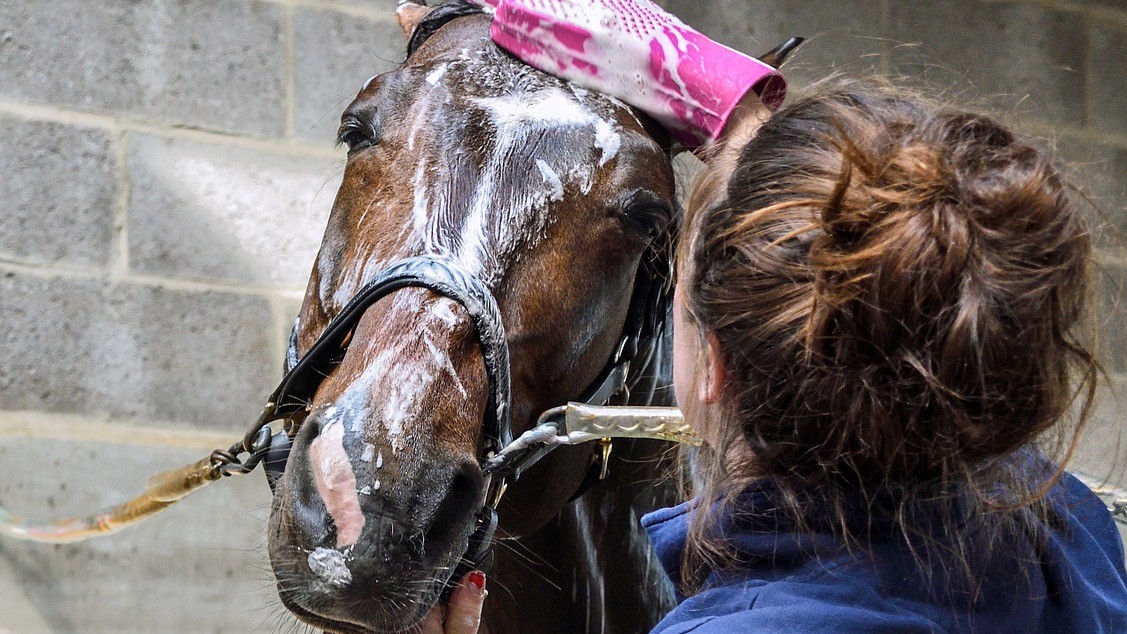
FAQs
Can I use human shampoo on my horse?
No, human shampoos can be too harsh for a horse’s skin. Always use products specifically designed for horses.
How often should I shampoo my horse?
Shampooing once a month is typically sufficient, but it depends on your horse’s needs and environment.
What should I do if my horse’s dandruff doesn’t improve?
If dandruff persists, consult a veterinarian to rule out any underlying health issues.
This article contains affiliate links. We may earn a commission at no extra cost to you.


